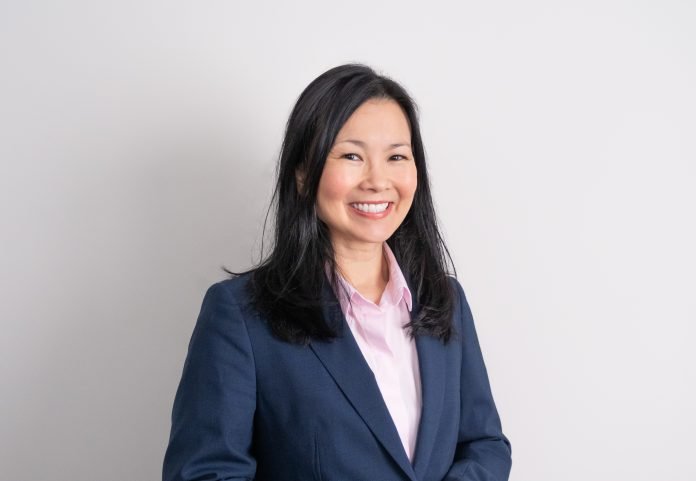Lack of staff, funding gaps, low wages, rising costs, heavy regulatory requirements and an ageing population. The catalogue of challenges facing the aged care sector is frustratingly familiar to anyone who works in it.
Work is underway to look at what needs to change and the recently released Draft Revised Aged Care Quality Standards has outlined some of the shifts that are needed. While the standards have always been centred around the needs of older people, the shift in the new standards is towards more individual and personalised care, and there is a big push on the role and accountabilities of the governing body/boards. There are also references to the interoperability of systems to help deliver better clinical care.
It is arguable the proposed changes will fall short. To achieve the changes we really need, the standards must be more forward-thinking and embrace technology. The aged care sector needs to be provided with a definitive technology roadmap that sets them up to support the changing needs and growth of the ageing population.
In the short term though, there are relatively simple technologies that the aged care sector could be implemented to ease pressures on staff and resources.
Technology such as:
- Artificial Intelligence (AI) – using AI such as speech-to-text capabilities, to enhance and support the staff with reporting and data collection (like a second pair of hands for care support workers and nurses);
- Automation – automating regular reporting to the Department of Health Aged Care (DoHAC), families and internal stakeholders;
- Internet of Medical Things – using wearable technology and sensors to complement the work of the aged care workforce and simplify monitoring and health checks; and
- Data and analytics – using data and analytic tools to assist with predictive workforce planning based on resident numbers and care needs.
Applying technology in these ways will not only alleviate some of the administrative stressors on carers and aged care teams but could also lead to better experiences for those people relying on the aged care sector to meet all their needs. It will start the shift towards creating a more sustainable aged care sector – able to cope with growing demand in the coming decades – and pave the way for more individualised care.
Adoption of new technologies is often framed as an inherently slow and complex process, but with a clear use-case and supportive technology partner that isn’t true. In recent years we have seen that technology can be rapidly adopted, even in a complex sector like healthcare where telehealth,e-scripts and remote patient management were widely rejected before they became a necessity during the pandemic.
One thing is very clear, technology has to be part of the answer. “More staff” is often put forward as the solution to the challenges the aged care sector faces, and many of the DoHAC forum participants who were consulted on the new standards lined up behind this argument. But more staff is a flawed solution.
Even if the funding was available tomorrow, there is no ready pool of carers, nurses and healthcare professionals ready to step in. Around the world, over the past 70 years, fertility rates have seen a 50% decline. At the same time, people are living longer. By 2060, nearly one quarter (23%) of all Australians will be aged 65+. The net result? We have an ageing population, growing demand for aged care services, and not enough people of working age to meet those needs.
More staff is also flawed because there are aspects of aged care that are a much better fit with technology than with people – if tech can automate reporting and improve data collection and workforce planning, then our highly valued carers and aged care teams can focus on the more fulfilling parts of their work and provide the more individual, personalised care we all want as we age.










